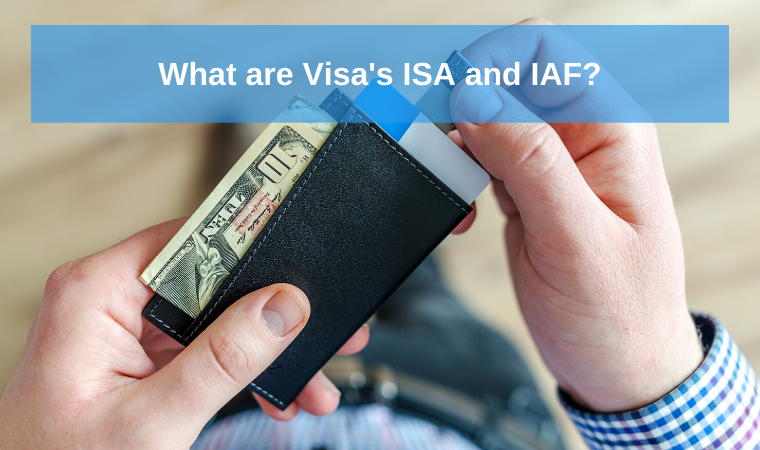Rolling Reserve
A rolling reserve has to deal with risk management. Thus, it is a strategy the aim of which is to prevent merchants’ losses, the chargebacks cause. This strategy uses the following mechanism. The payment processor saves a part of the processed funds to cover the possible chargeback-related losses. An acquiring bank is responsible for calculating the rolling reserve. For instance, it varies from 5% to 15% of the processed amount. Besides, there is a specific hold period for the reserve. After it finishes, the funds are released. Hence, rolling reserve acts as an “airbag.”
Nevertheless, it’s vital to understand, the riskier the merchant is, the higher the rolling reserve the bank requires. For example, companies referring to the high-risk industries (dating, gaming, etc.) have to “freeze” more funds. Yet, it’s an important condition, as the merchant needs to have sufficient funds to ensure enough liquidity. That helps to cover the possible losses caused by the high ratio of chargebacks. Though the funds are already on the merchant’s account, they are released to the seller as the reserve period comes to an end.
This period is usually no longer than 180 days.
If the payment processor applies the reserve to the merchant’s transactions, the PSP will send the “on-hold” funds in one of the weekly settlement after the period finishes. Merchants can reconsider the rolling reserve percentage after they’ve shown transaction history and a lower chargeback ratio.


